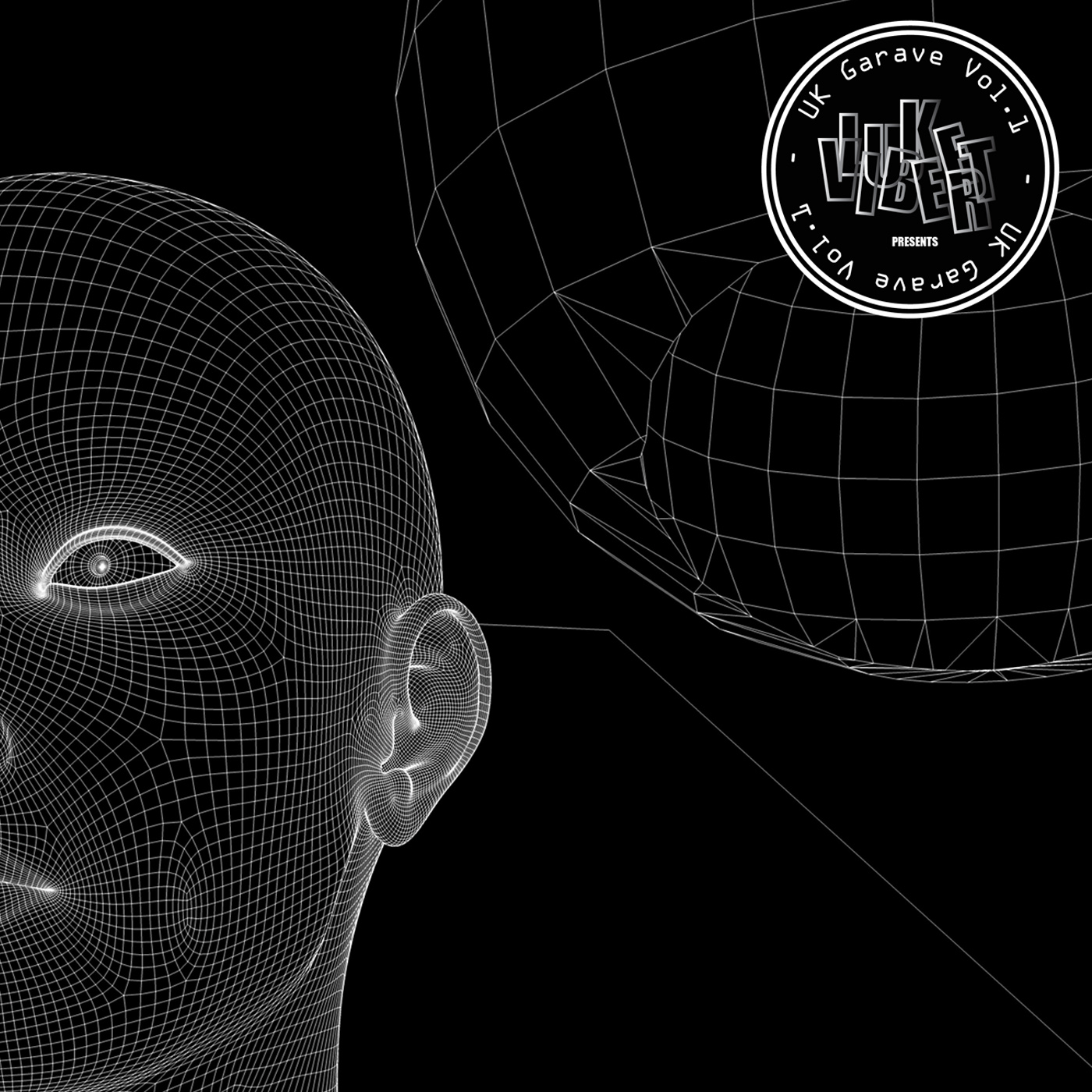Luke Vibert Luke Vibert Presents Garave Vol. 1
The veteran producer constructs a funhouse homage to dance music's history.

Yes, familiarity can breed contempt. On the other hand, there’s something called the mere-exposure effect, a psychological phenomenon in which people tend develop a preference for a person, place, thing or sound through repeated exposure. There’s something hugely reassuring, even addictive, about the familiar—and music producers, among others, have been employing that phenomenon to their advantage since…well, forever, but even more so since samplers came on the scene, making it easy to cut and paste a dizzying array of recognizable snippets and loops into their creations. Collagists like Double Dee & Steinski, MARRS, the KLF; any house producer who’s ever looked to a disco diva to fill a gap in a track; pretty much every hip-hop beatsmith who’s ever lived—the list of sample-happy music makers is near-endless. But within the dance-music realm, sampling has only rarely attained the level of pure giddy fun as it does on the latest release on the Hypercolour label, the goofy, hugely appealing Luke Vibert Presents Garave Vol. 1.
The veteran Vibert is something of club-music polymath, having explored jungle, IDM, instrumental hip-hop, acid, disco-tinged house, drill & bass and other assorted oddities over the years. Here he focuses on those heady rave years—when the ’80s flowed into the ’90s, the electronic-dance music landscape was still a freeform territory and, perhaps, a few pills were consumed here and there. It’s a wide aural territory to explore, and Vibert has a blast with riffing on the range of source material, which he’s carefully assembled into a kaleidoscopic series of dense, revved-up house and garage cuts. Even if you weren’t around for the original rave days, his borrowed bits and pieces—synth pads, chord patterns, drum loops and, most of all, a vast array of vocal samples lifted from clubland’s memory bank—will be familiar to anyone who’s spent any time with modern dance music.
Head-spinning from the start, Garave Vol. 1.’s template is set with lead track “Future.” A throat-clearing “where you at” snippet, various samples referencing the song’s title, and that ever-familiar “here we go again” snippet—laced over staccato keyboard stabs, a Reese-style low end and plenty more—are collaged in somewhat hyperkinetic fashion. (Hyperkinetic is a term that could apply to most of these numbers.) “Heard It All B4” boasts a whistling synth reminiscent of Djaimin’s 1992 Strictly Rhythm classic “Give You,” with time-tested “house music” and “we rock the house” nuggets layered over its 808 State–esque synth wash and skippy rhythm; the jazzy keyboard riffs and driving bassline of “Stop Gap,” meanwhile, are punctuated by an array of “can’t stop”/”don’t stop” exhortations. “Feel the Riddim,” with its chugging beat and blocky chords, has the feel of a particularly energetic, long-lost classic from Todd Terry, a producer who should be considered one of this type of music’s founding fathers.
And so it goes, track after track of nostalgia-inducing pastiche that, though a bit self-referential—they’re almost dance tracks about dance tracks—somehow sound fresh. They’re effective both as exercises in the power of memory and as compelling club cuts in their own right, not to mention as the basis of a possible name-that-sample party game. Garave Vol. 1. may not be his most serious-minded record ever, but it’s certainly a massively entertaining addition to his discography. It’s an idealized, dreamland-rave epiphany—one that’s embedded in our collective consciousness, if only in the haziest recesses of our minds.

